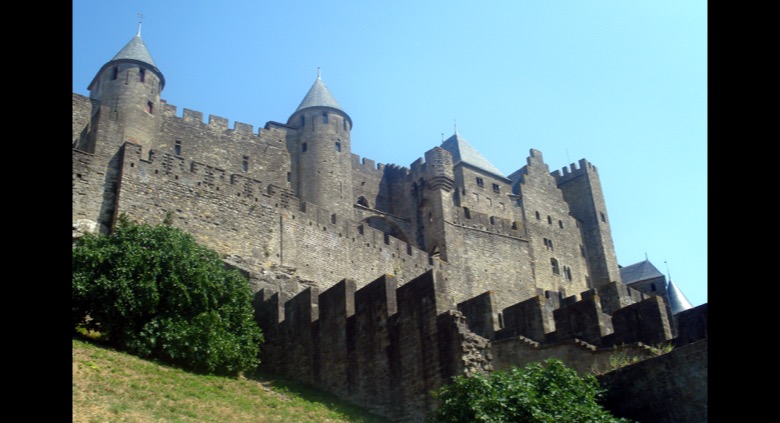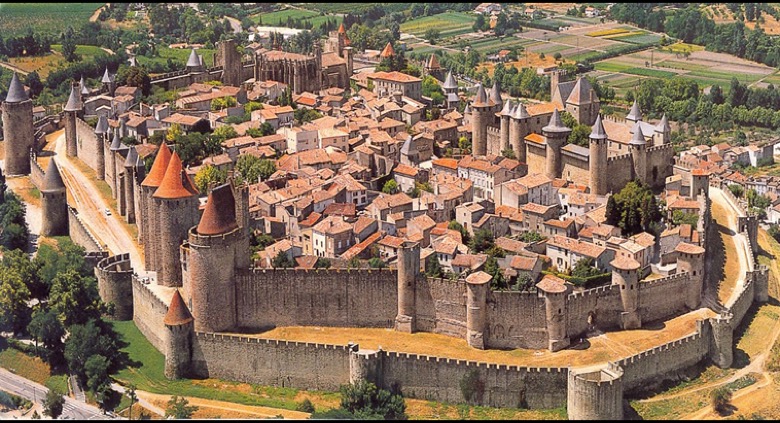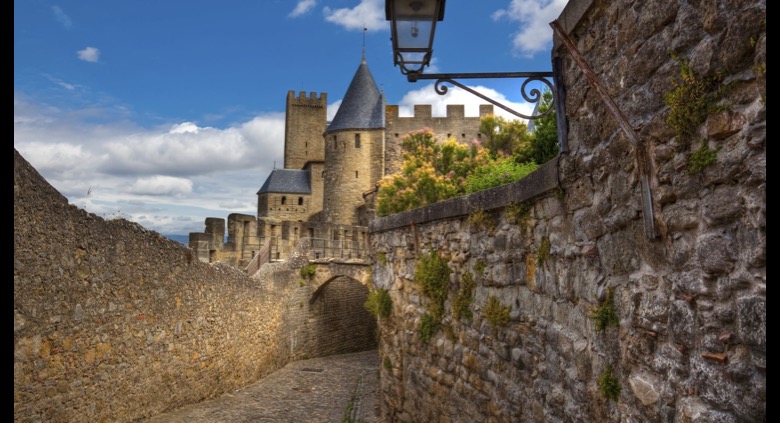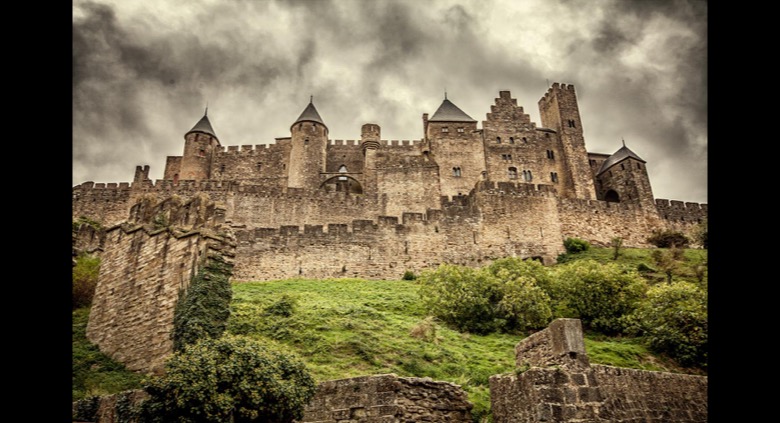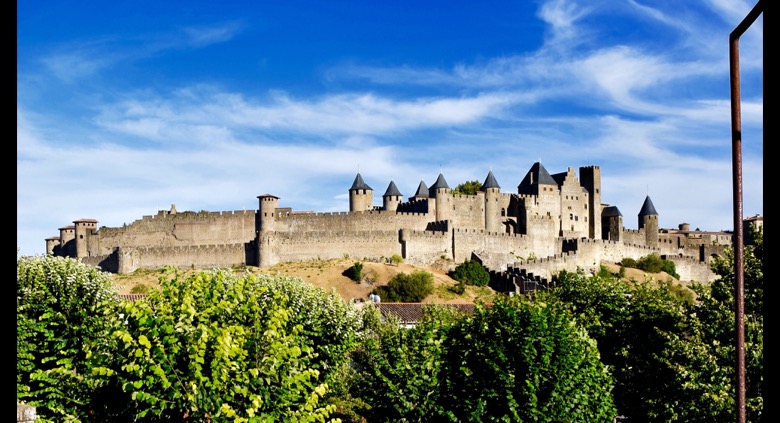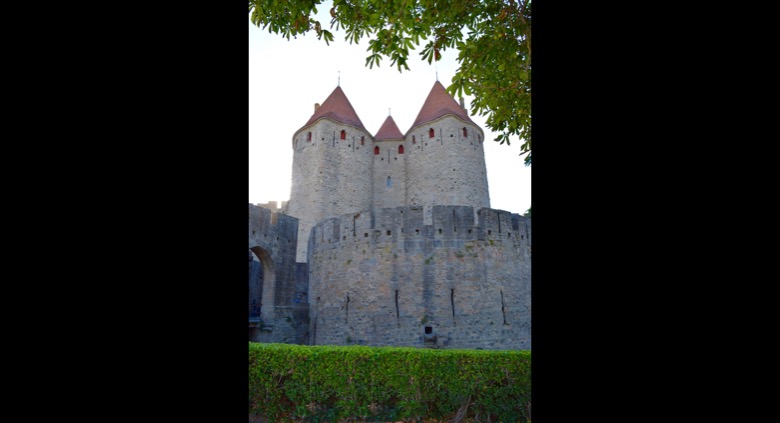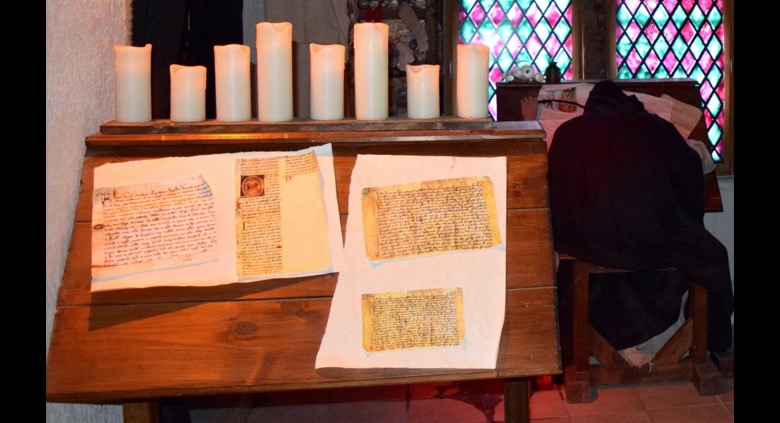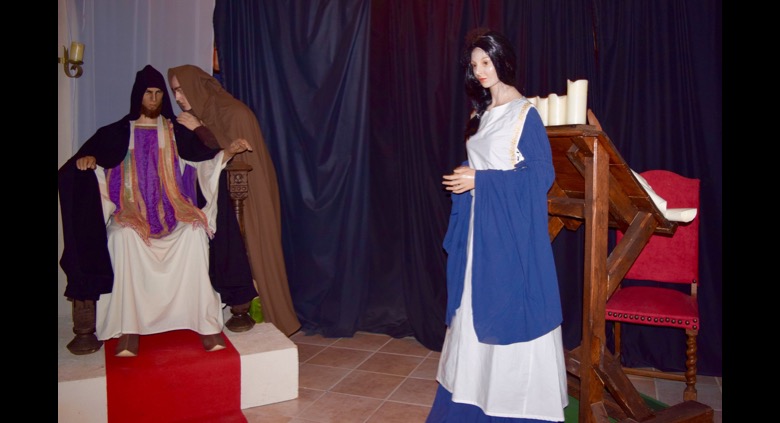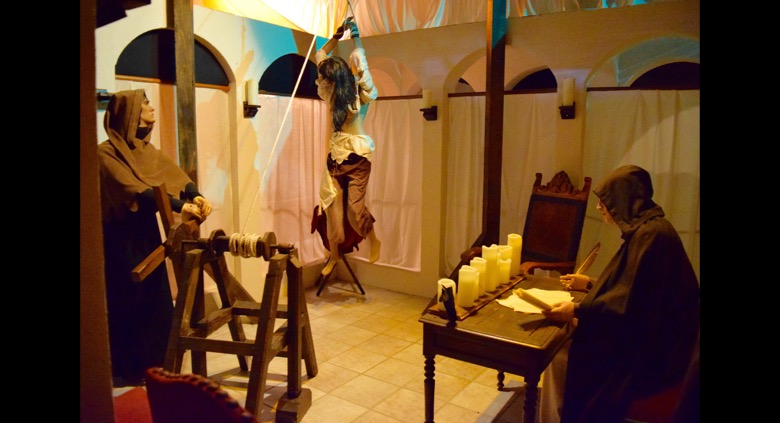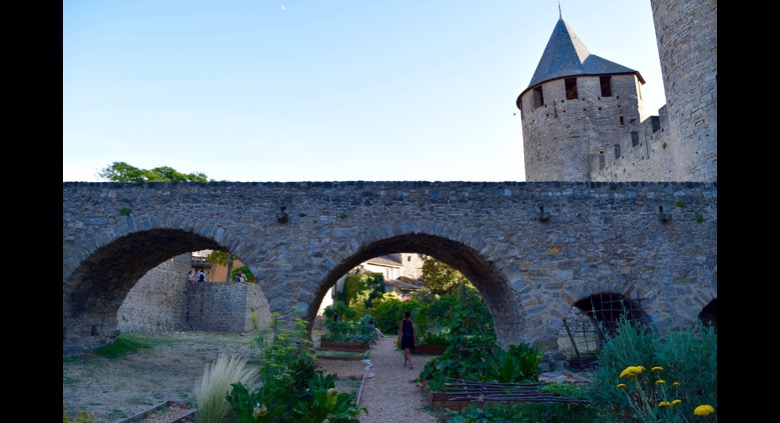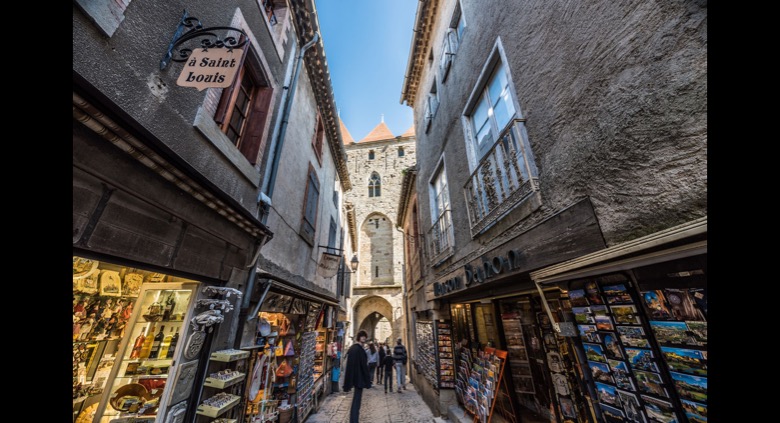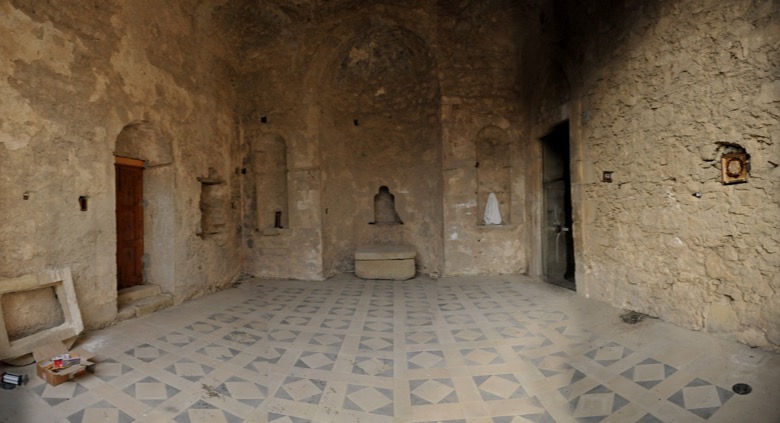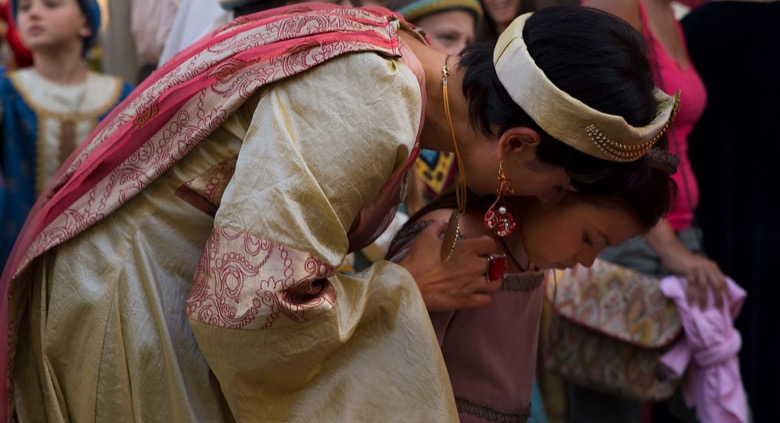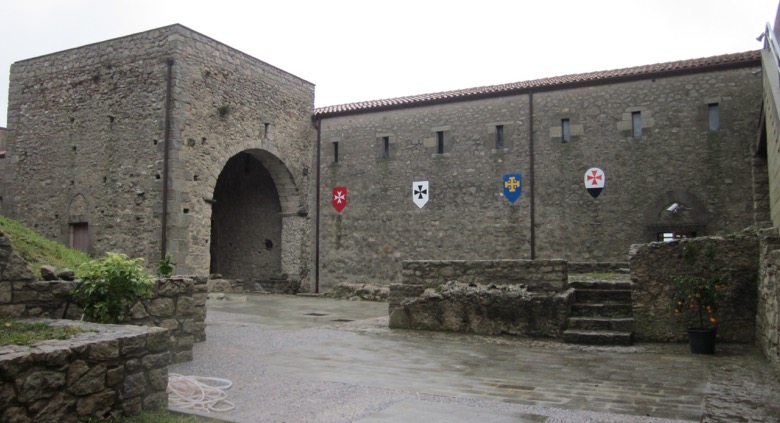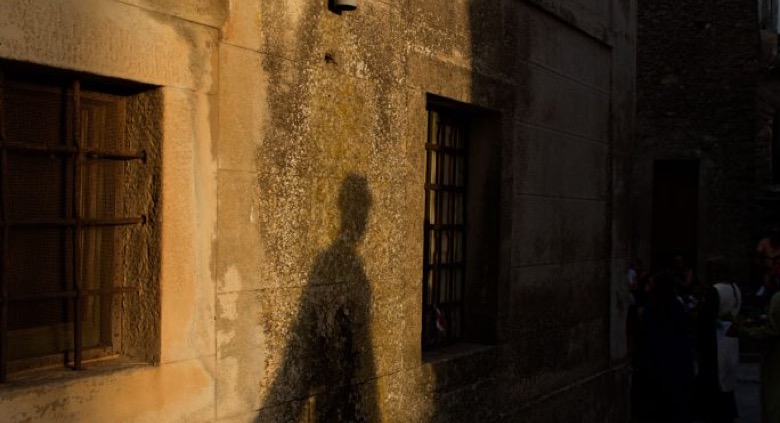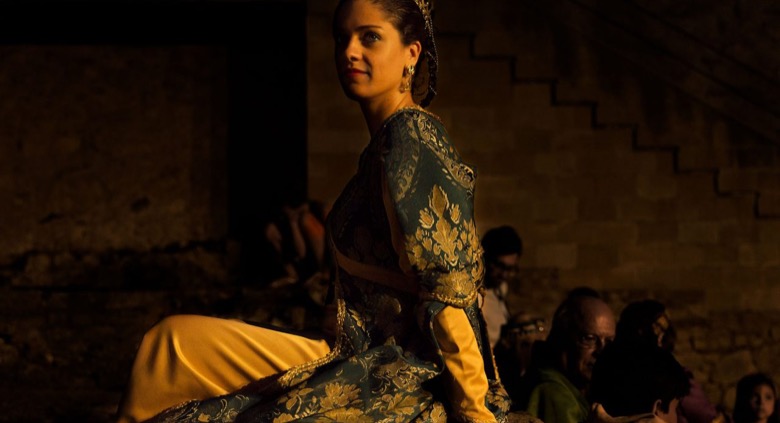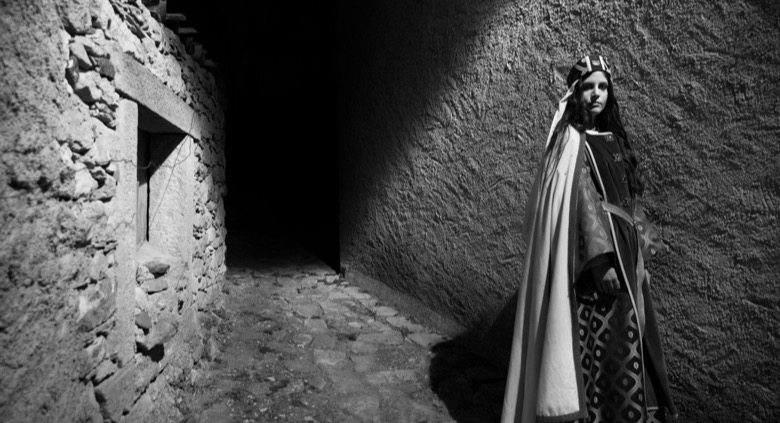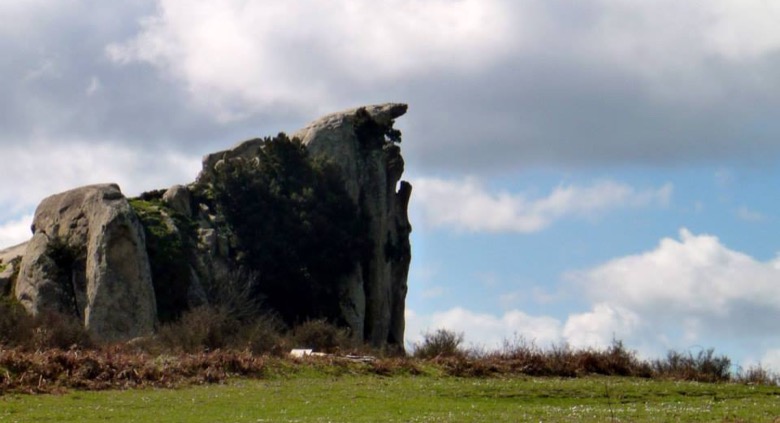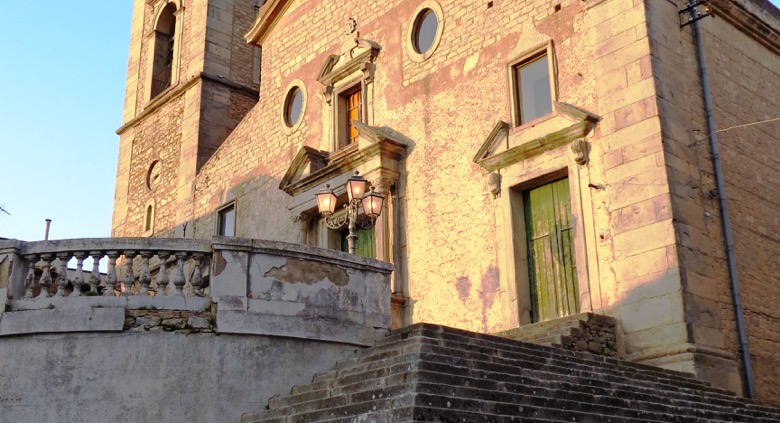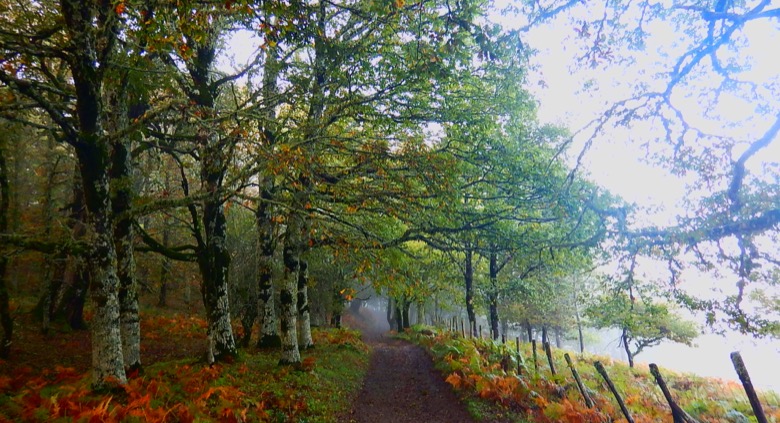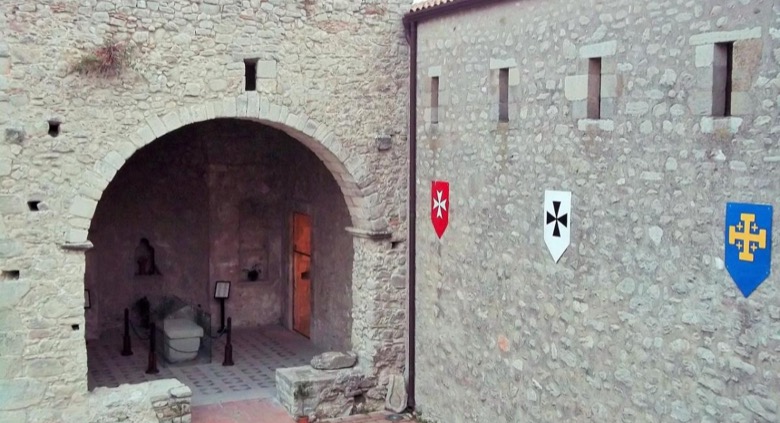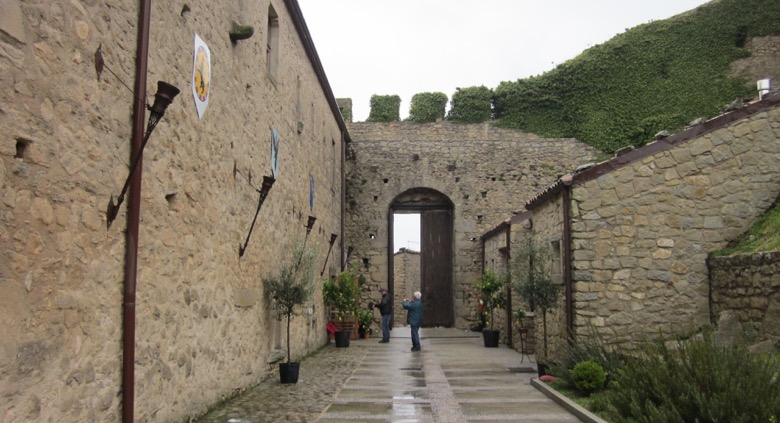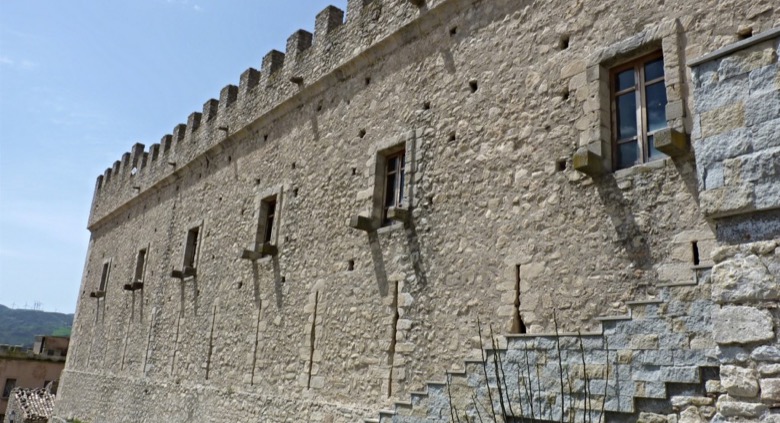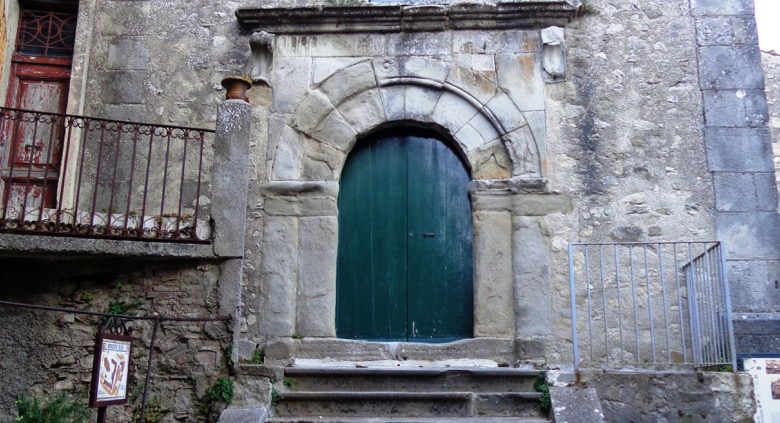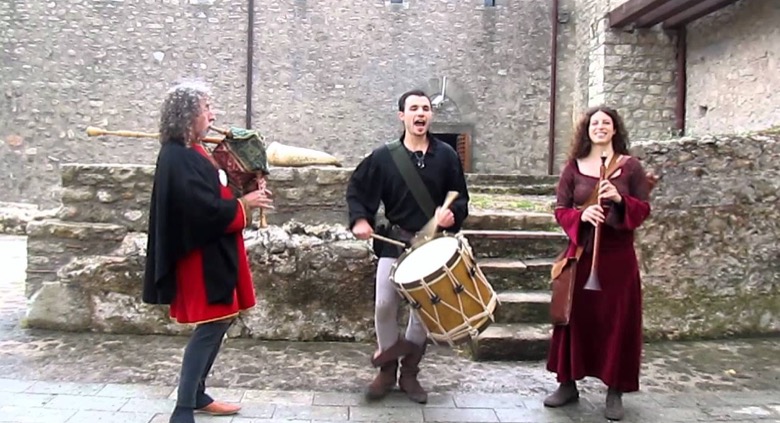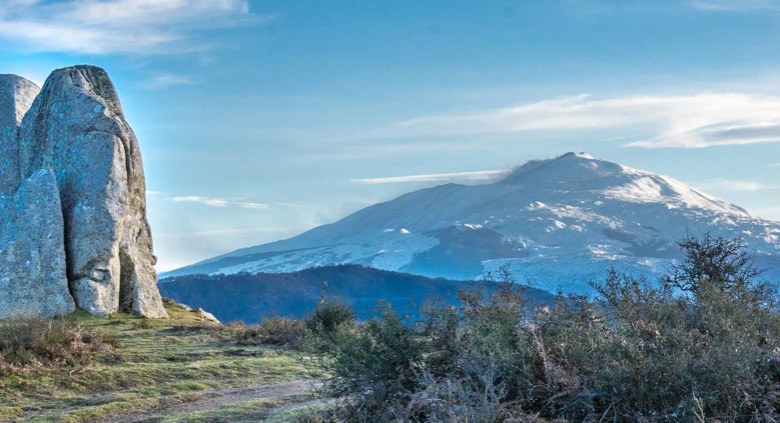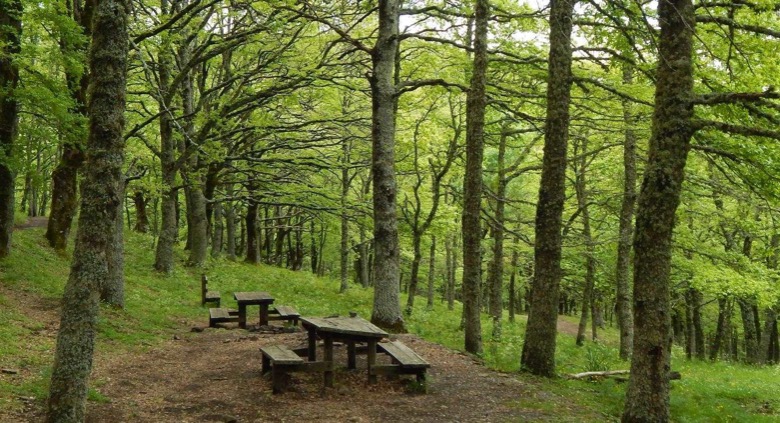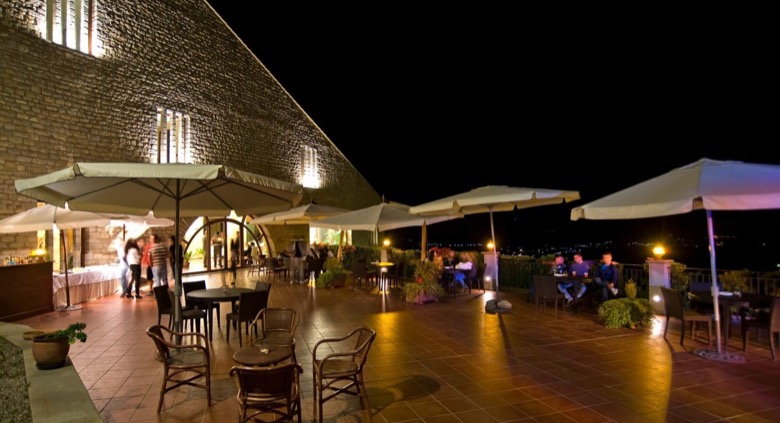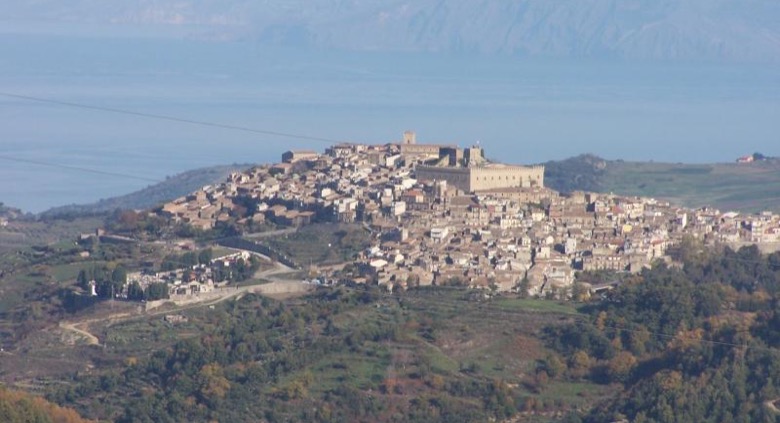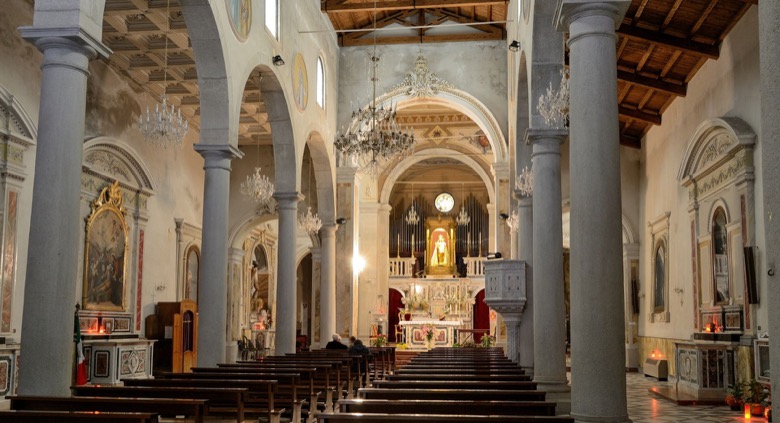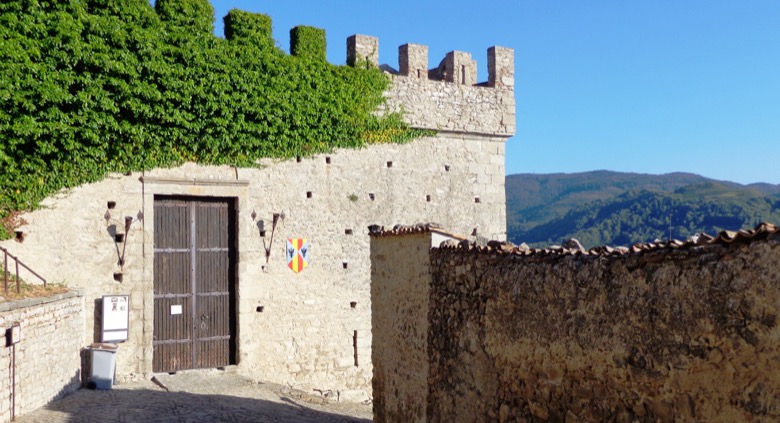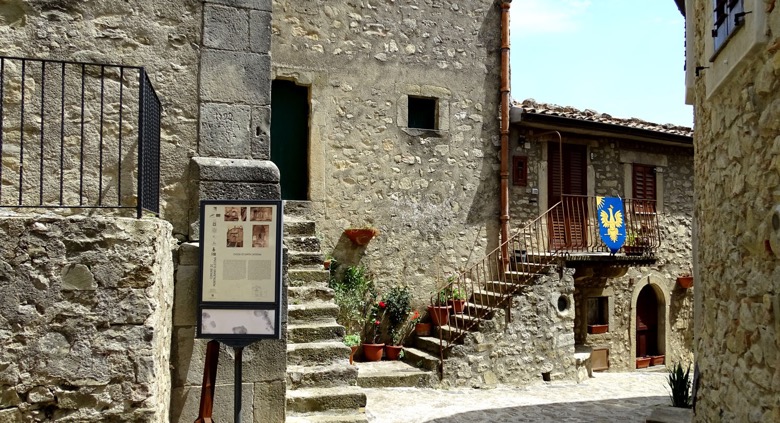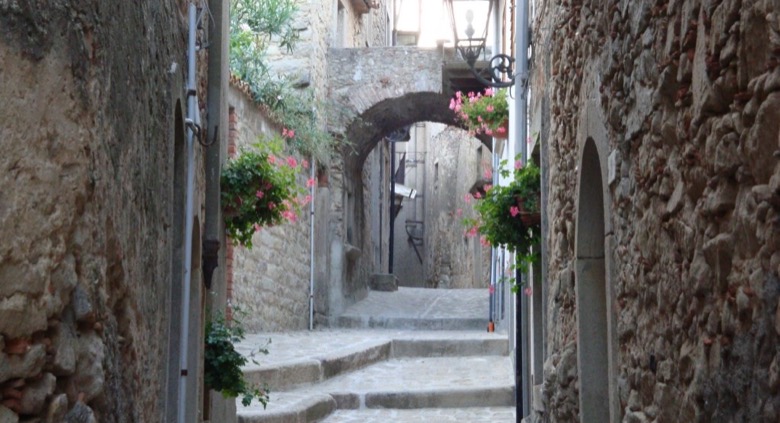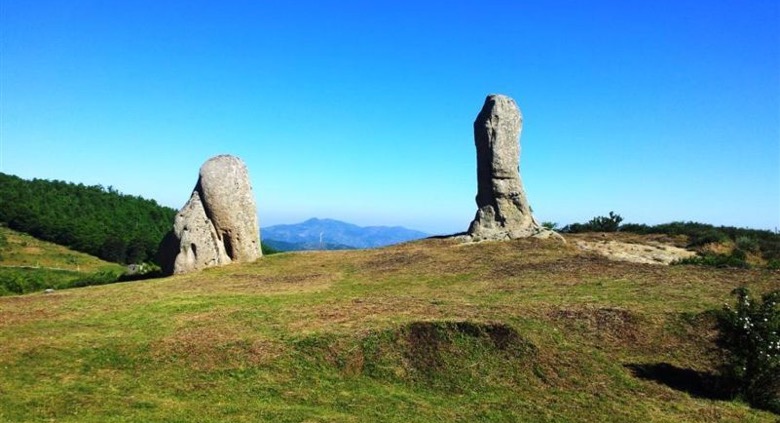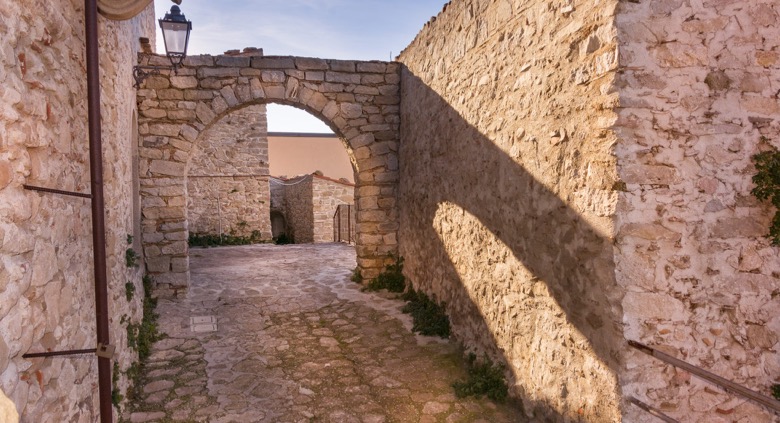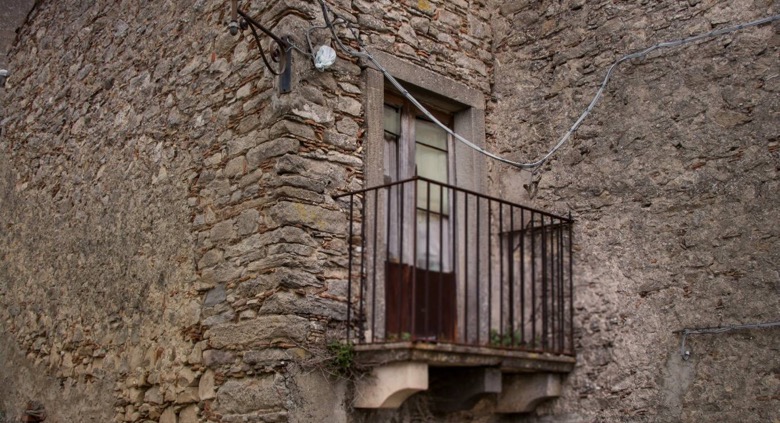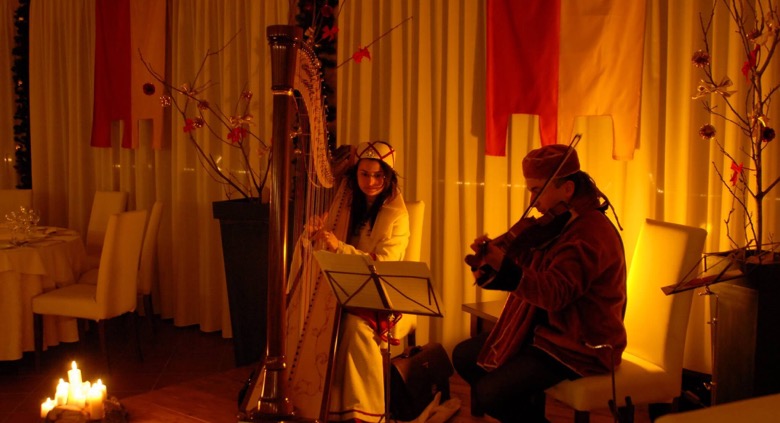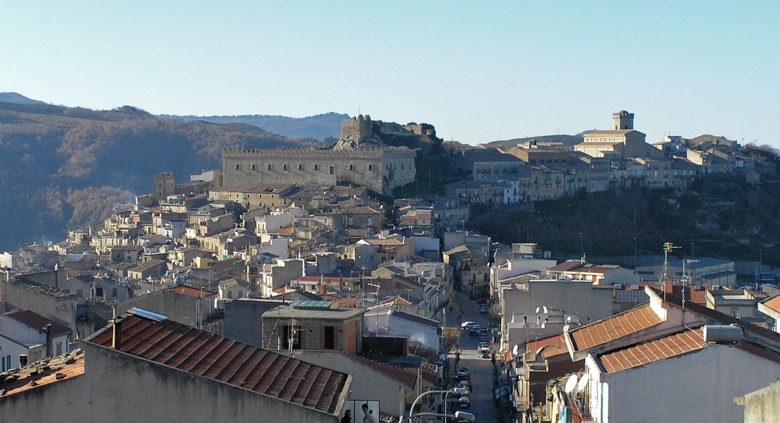Modern Mediæval Europe
Testimonials of time, mediæval cities are the bridges that connect today with the past. They still live on to this very day. Time may have changed their aspect, technology surely has arrived with its interference, some are bustling busy little cities, others quiet in their solitude. This page is a tribute to mediæval cities in Europe that are still standing today. The journey begins…
CARCASSONNE
Carcassonne, a hilltop town in southern France’s Languedoc area, is famous for its medieval citadel, La Cité, with numerous watchtowers and double-walled fortifications. The first walls were built in Gallo-Roman times, with major additions made in the 13th and 14th centuries. Château Comtal, a 12th-century castle within the Cité, offers archaeological exhibits and a tour of the inner ramparts. The medieval fortress was restored by the famous theorist and architect Eugène Villoet-le-Duc in 1853 and was added to the UNESCO World Heritage Sites list in 1997. Even now, the imposing walls hold in the Mediæval atmosphere and walking through the gates into those narrow streets of Cité de Carcassonne is like walking through a portal in time.
Carcassonne is the epicentre of the infamous Inquisition. This is where it all began, and those walls of the city of Carcassonne have many a story to tell. Carcassonne’s history is somewhat troubling and full of intrigue. It became famous due to its Cathar community and their persecution during a period known as the Albigensian Crusades. In the 13th century Pope Innocent III decreed that the teachings of the Cathars were heretical. He called for a Crusade to wipe them out and suppress their beliefs. This crusading army was led by Simon de Montfort, assaulting the fortifications of the medieval Carcassonne and eventually capturing it in the year 1209. Over two decades passed, Cathars and Catholics perished side by side.
The Cathars were a particular group of people. They were different in many ways. They believed in reincarnation, equality between men and women, and had particular views on gender identity. They held no prejudice towards homosexuality and were not contrary to suicide and euthanasia. They believed that every man or woman could be reincarnated as the opposite sex so gender was meaningless in this life. More importantly, they were an autonomous group. The openly resented the absolute authority of the Church and the Pope. This was an open challenge and the Church of Rome could not allow this “viper” to grow to proportions beyond control, hence the Crusade.
Many Cathar beliefs stood in stark contrast to the traditional Catholic teachings and their preachings began to spread throughout the countryside. In the early 12th century the Cathars coexisted peacefully with their Catholic neighbours, even leading to a series of public debates and discussions. As the spread and growth of the Cathar sect continued, penalties like sanctions were enacted. As these penalties showed little progress Pope Innocent III ordered the crusade. The rest is history.
Carcassonne hosts the Museum of the Inquisition. In theory the Inquisition was a group of institutions in the judicial system of the Catholic Church whose aim was to combat heresy. The 12th century persecution of the Cathars in France extended to other European countries, in particular in Spain and Portugal. In the Iberian peninsula the inquisitors focused their efforts against converted Jews and Muslims, who were suspected of practicing their old religion in secret. Artefacts and instruments of torture are all there as was the room where scribes compiled all the acts of accusation for eventual trials. The feeling is uncomfortable. Humanity could be both beautiful and cruel at the same time.
Women were accused of being witches and heretics for curing sick people of helping pregnant women during childbirth through the use of homeopathy and the traditional methods we use today with natural herbs. The hunting of witches accused of “making deals with the Devil” became a main preoccupation after the extermination of the Cathars.
After being imprisoned accused witches would suffer barbaric tortures, forced to confess of being either possessed or having demoniac powers and, obviously, condemned for it. Many of the accused witches faced execution by burning alive at the stake. Putting aside that dark, brutal and ugly history in its past, Carcassonne is a beautiful city that manages to preserve it’s mediæval heritage, scars and all. It is worth visiting. Wandering through the streets of this fortified city, one come palpably in touch with a mediæval past. Forget not the passage of time and history so as to avoid repeating the same mistakes.

Montalbano Elicona
Montalbano Elicona is a small town, a “borgo”, on a hilltop in the region known as Nebrodi to the north-east of Sicily. It is officially recognised as being one of the 'most beautiful villages in Italy', although it still remains a quiet and quite undiscovered village by most visitors.
Montalbano is a mediæval city, with a maze of narrow winding streets leading to the various districts of the town. The hill is not particularly steep and its charm unfolds with numerous small architectural features that give the village its charm as one explores it. Above the town stands the most interesting historic and architectural building in Montalbano Elicona, the castle, with the Palatine Chapel being the most extraordinary part of the castle. In medieval times the village originally developed around the castle.
Montalbano Elicona Castle
Because most of its defensive walls are intact the castle presents a formidable sight from many places in the town. It is visible practically from every point of the town. The castle overlooks Montalbano Elicona, a settlement of mediæval origin.
According to tradition, much of the structure of the castle was built under Frederick II of Swabia, although recent research suggests that the Giuliana Tower was perhaps added by Frederick III of Aragon, and other parts of the castle rebuilt at about this time. Frederick III (1272-1337) often loved to stay in the castle. He was faithfully accompanied by his trusted personal physician Arnold of Villanova (1240-1311), an indispensable trusted person for treating his gout and who was also famous for his religious and esoteric knowledge.
The Castle of Montalbano consists of two buildings, the oldest of which has a rectangle in the centre, protected by two massive square towers to the south and a five-sided tower to the north. There are two entrances to the original fortified settlement, thought to be of Norman origin. The second part f the castle, lower than the first, consists of an enclosure with a geometric shape that follows the cliff. A tower and a chapel remain of the ancient external structure.
The churches
Next to the castle in Montalbano Elicona rises the Church of St. Catherine, with a Romanesque portal and built around the 14th century. Inside the church there is a large marble statue of Saint Catherine, attributed to the school of the Gagini.
The Cathedral Church, built in the Middle Ages, was enlarged in the 17th century when the two side aisles were added and the bell tower was erected. In the interior there is a sculpture of Saint Nicholas. There is also a marble ciborium, also attributed to the Gagini school. The wooden crucifix dating back to the 15th century, and the "Last Supper" are attributed to Guido Reni (1575-1642).
The megalithic stones of Argimusco
A short walk from the village is the plateau called Argimusco where one can see the remains of ancient megalithic stones. These Argimusco megalithic stones have aroused a great deal of interest among specialists, with little agreement about their origins.
For Paul Devins the stones represent "one of the rare examples of megalithic systems in Italy" while for other scholars these large stones are simply a natural formation. For others they are "a place of worship for primitive man", or even "an hermetic site designed between the 14th and 18th century, representing hermetic-alchemical symbols and with a reference to the constellations" (Paul Devins, “Il mistero dell'Argimusco” , 2010). Whatever their origins, they are really remarkable and impressive, worthy of admiration. This is where Frederick II of Swabia retired with his physician for his cures.

© 2018 – ASTOLAT PRODUCTIONS
INTELLECTUAL PROPERTY: JMCAMILLERI
